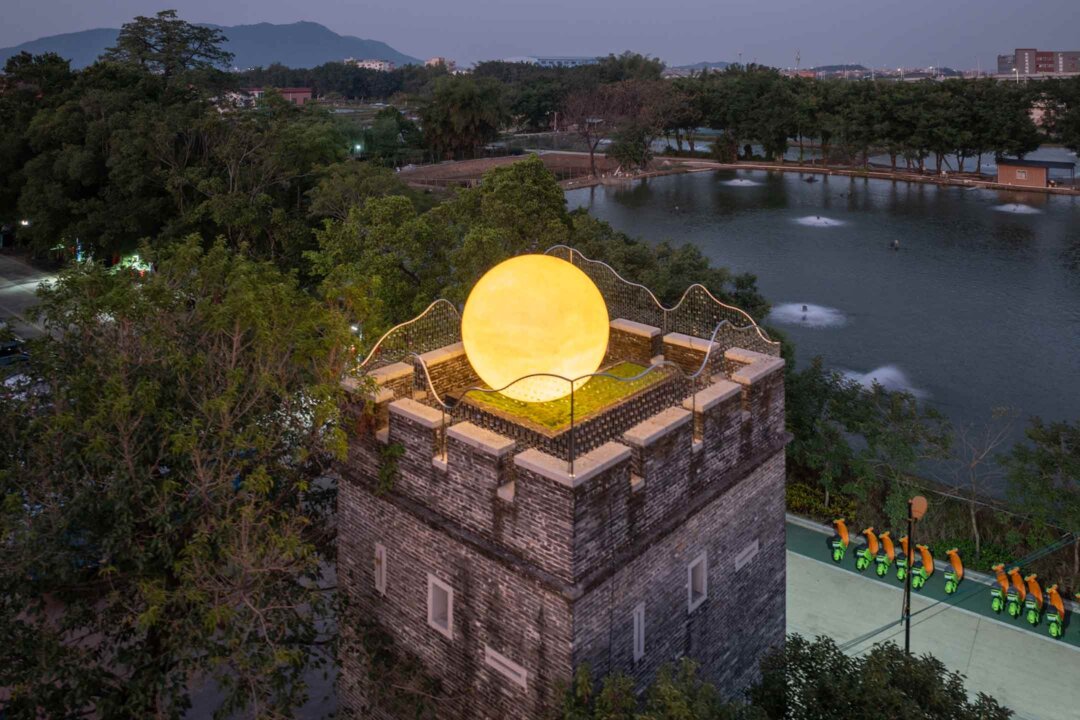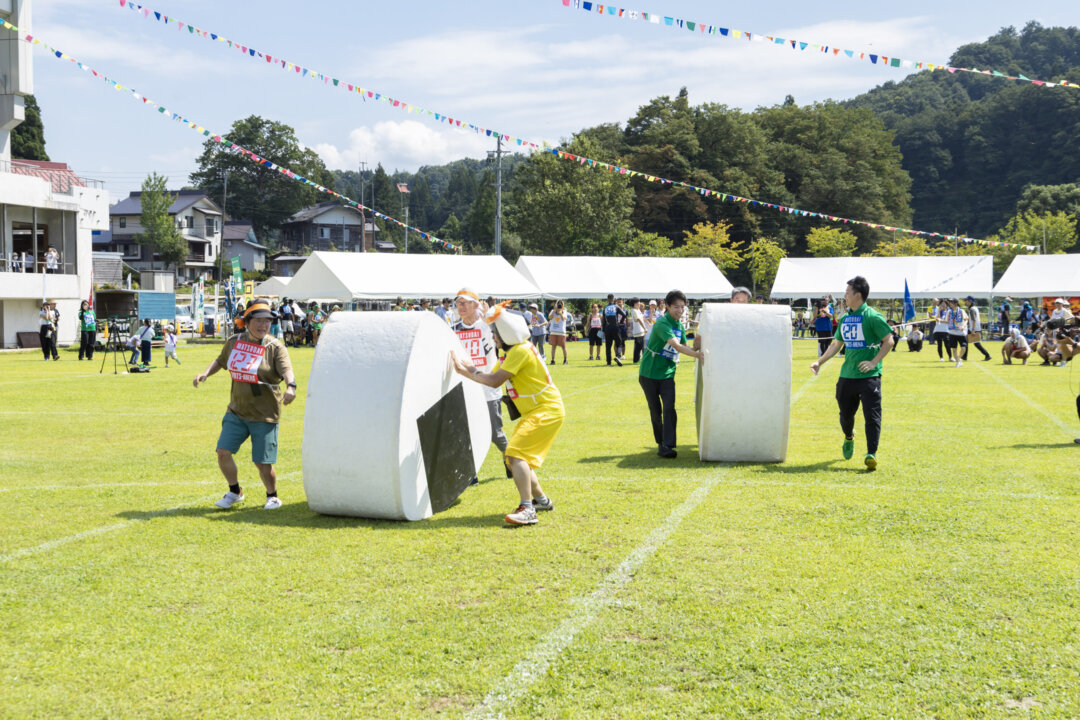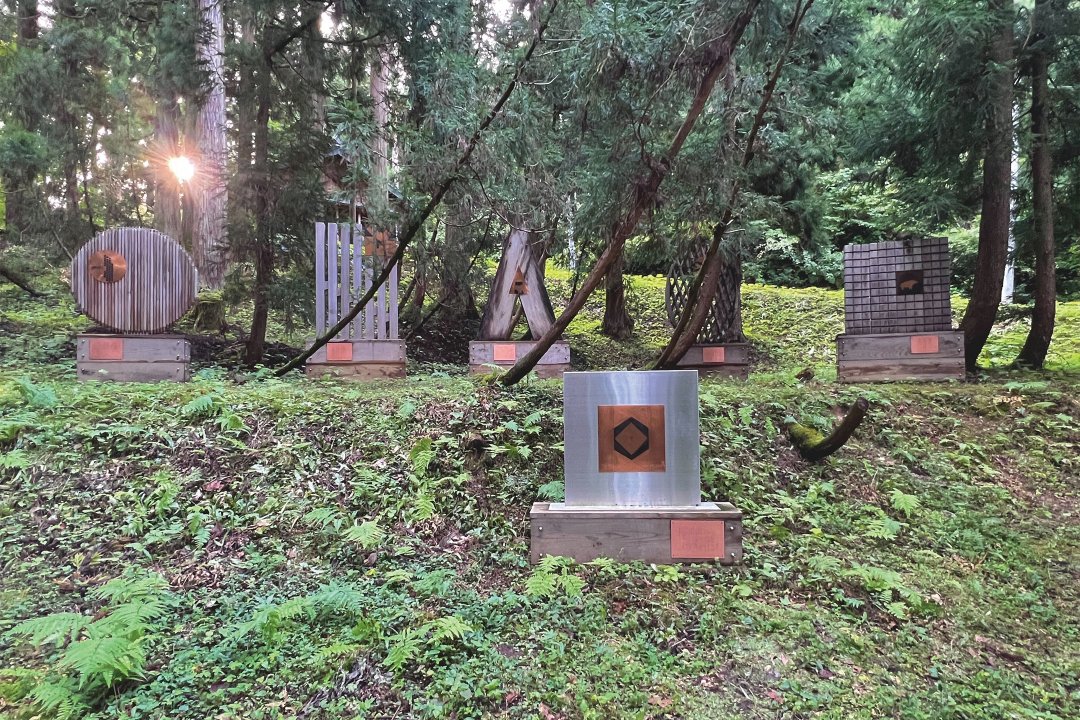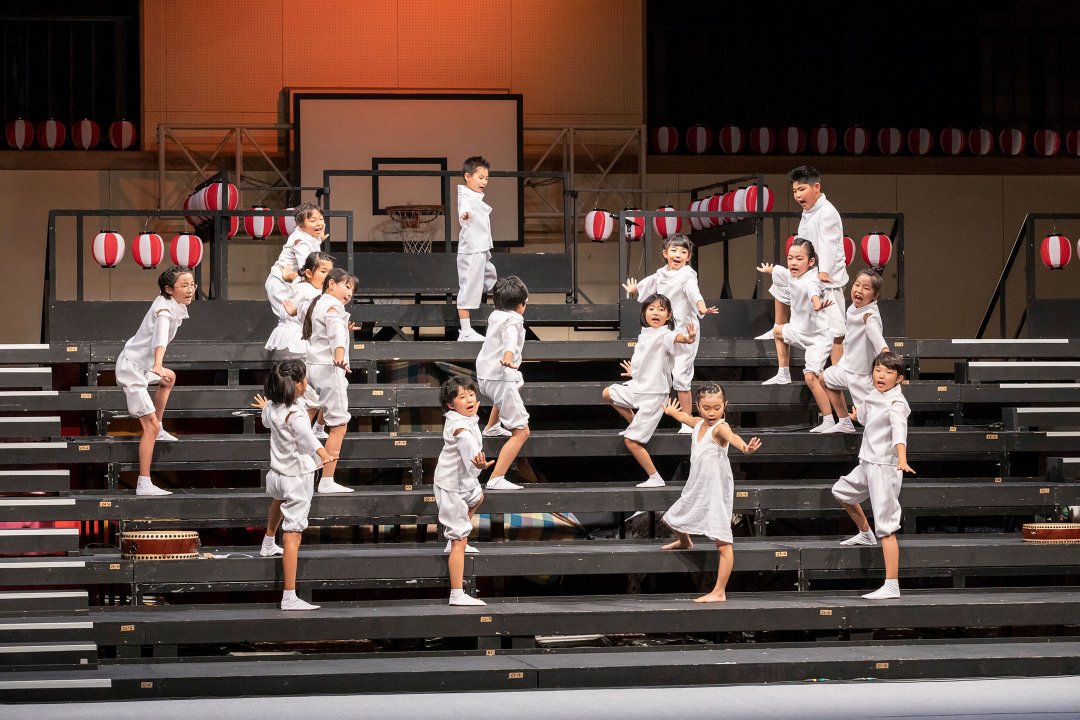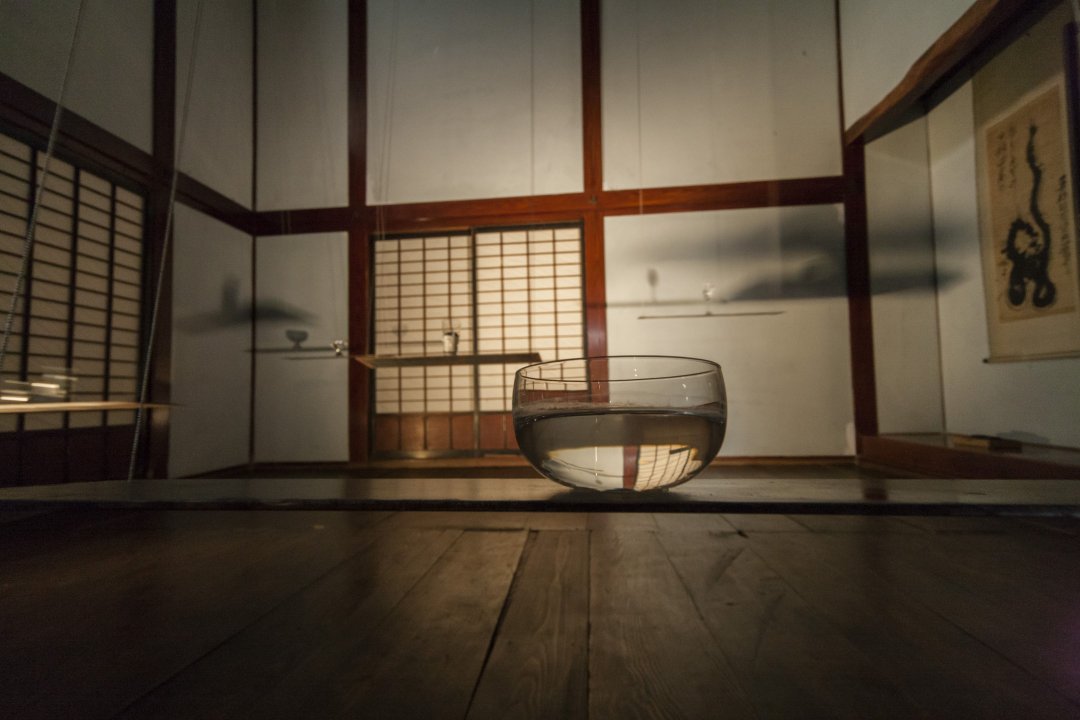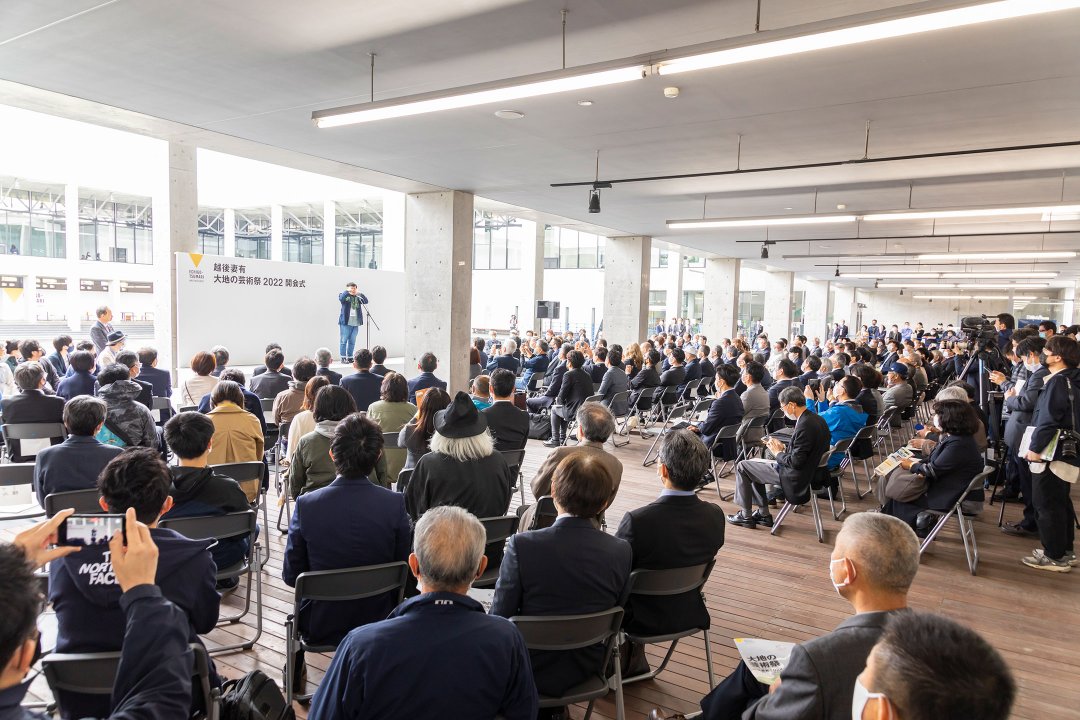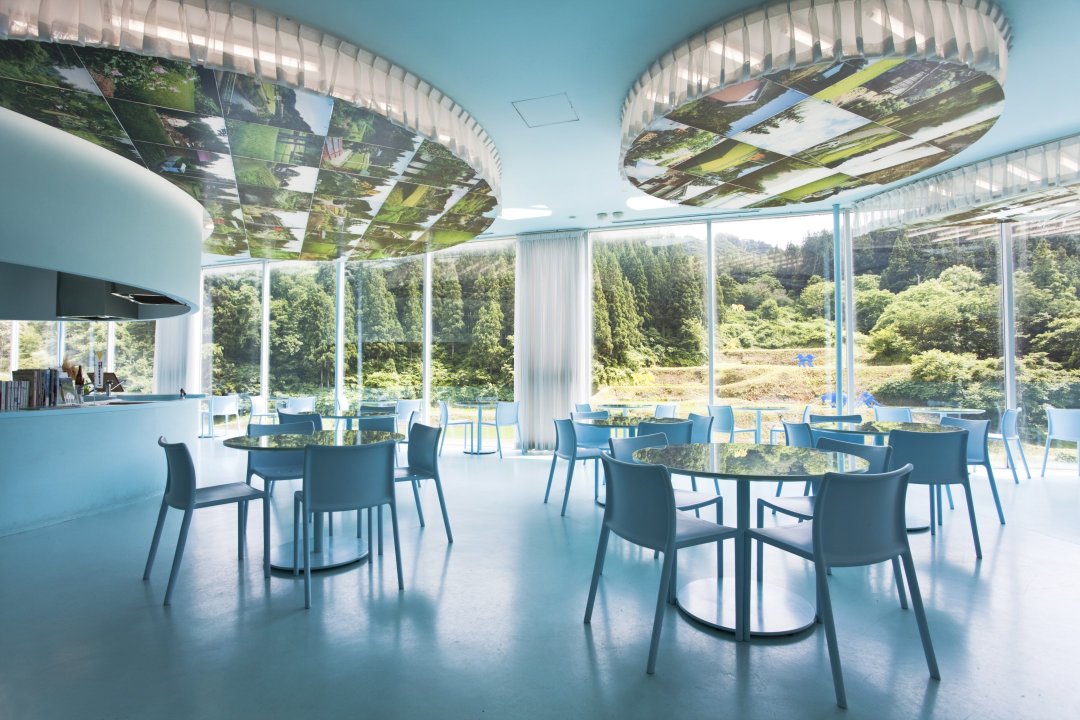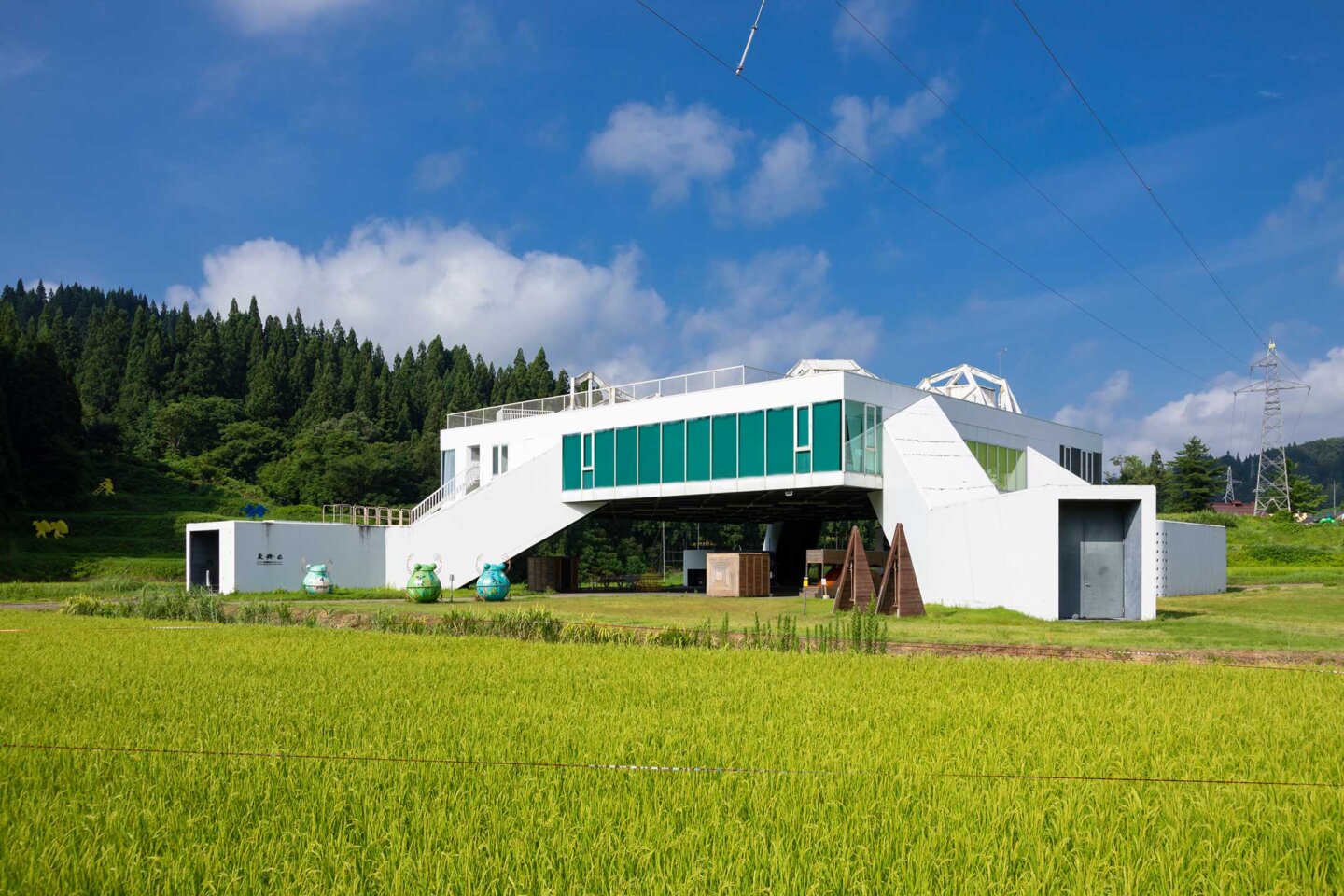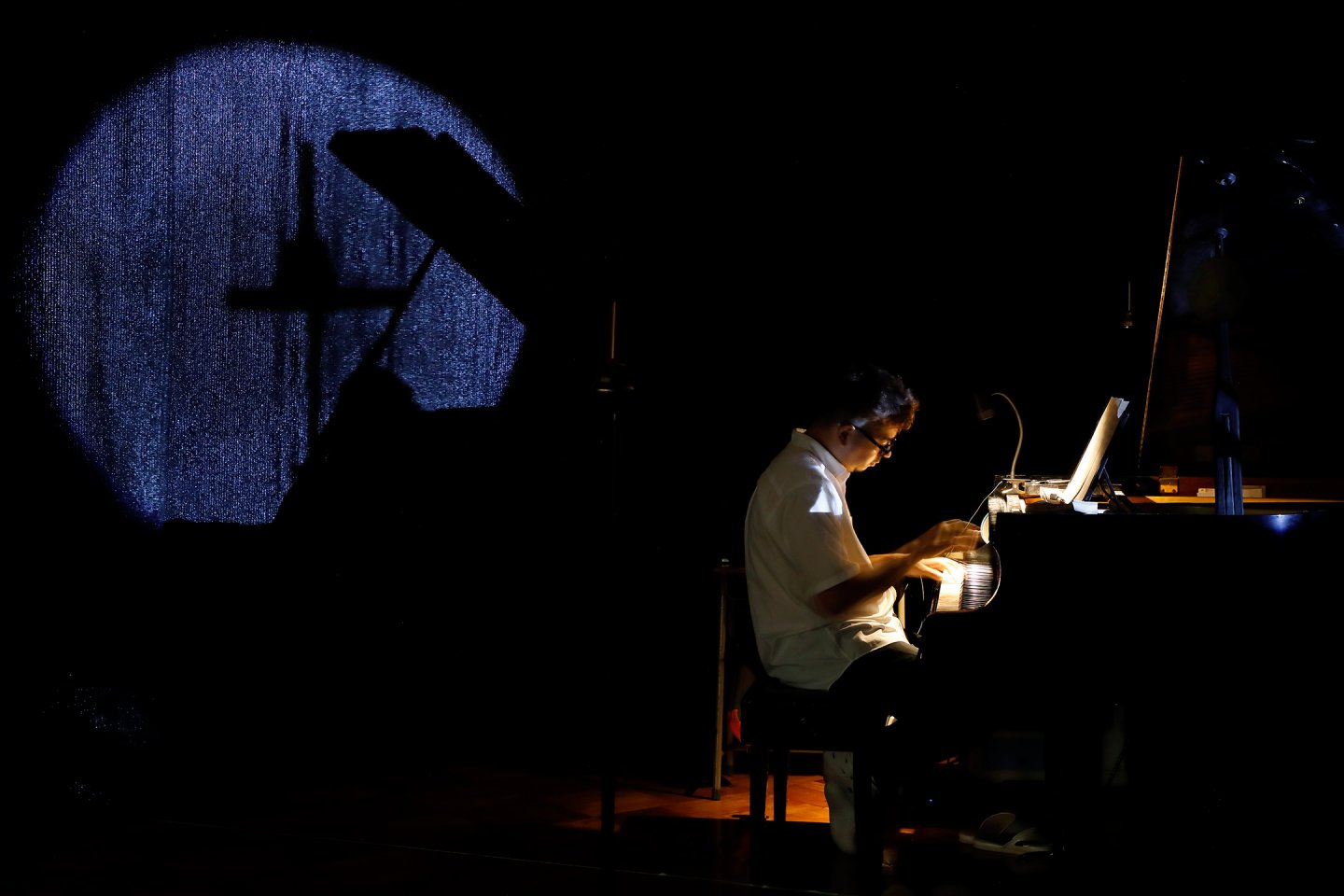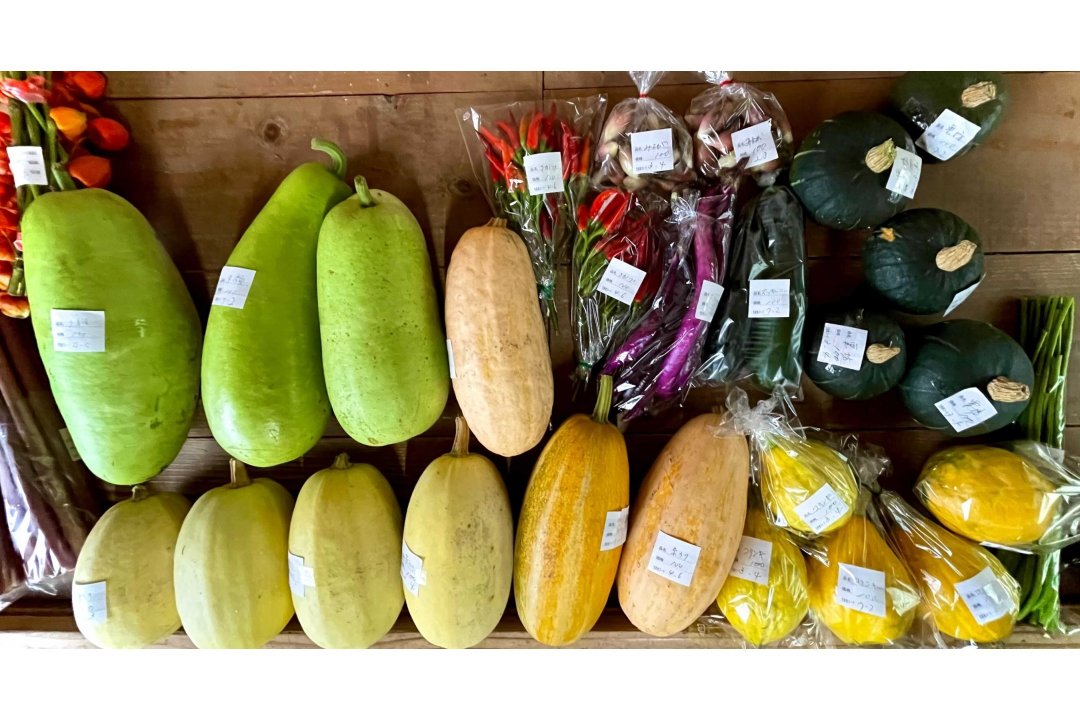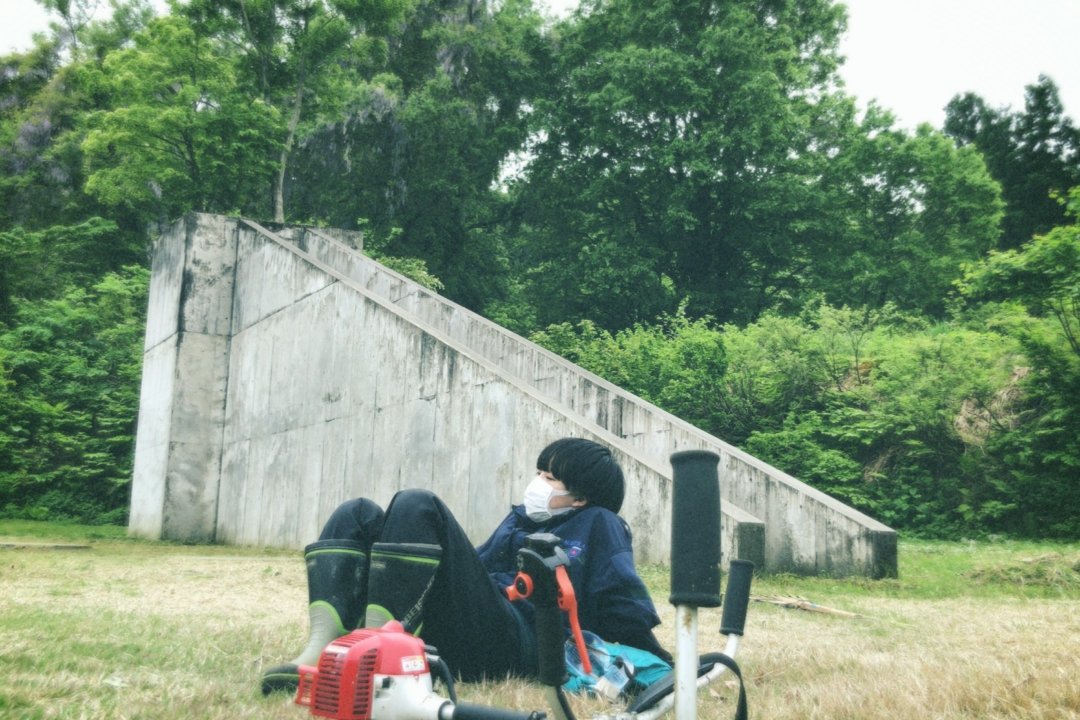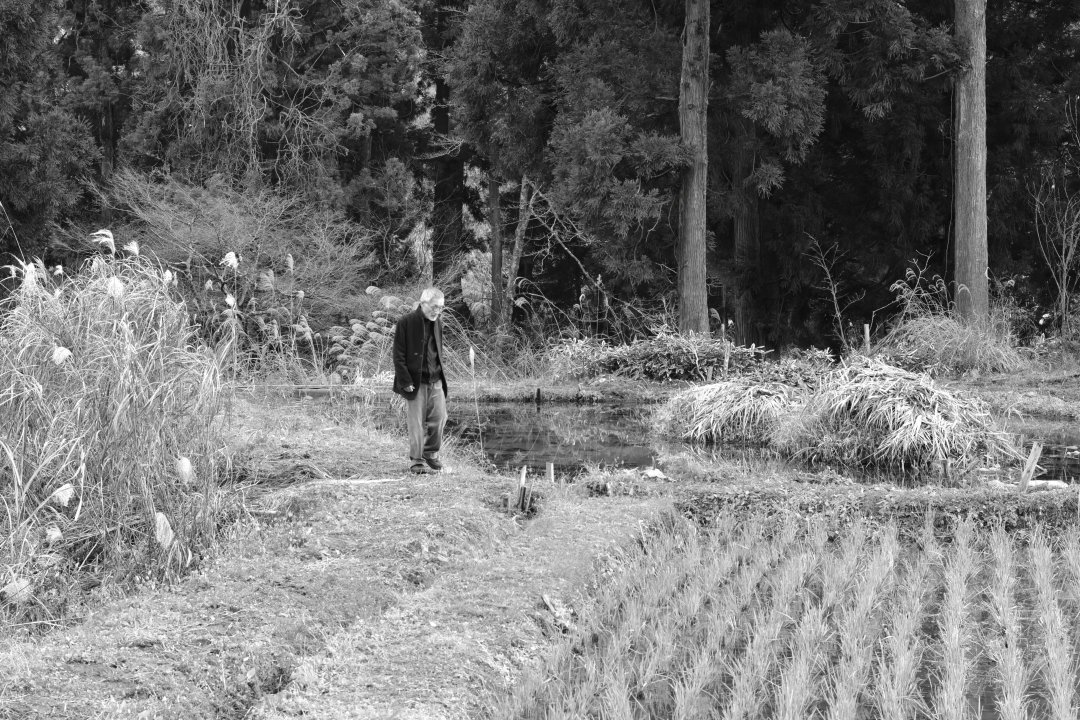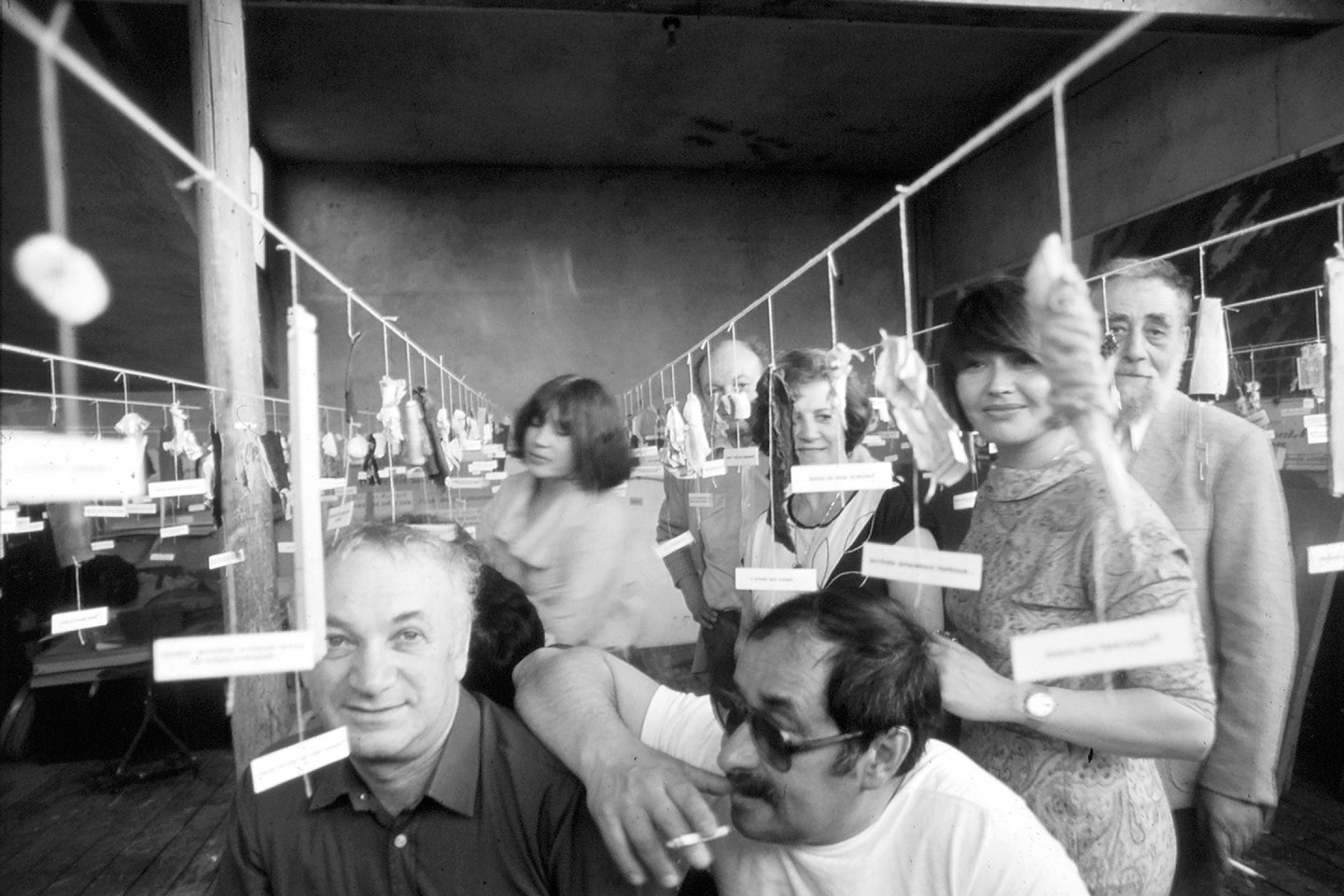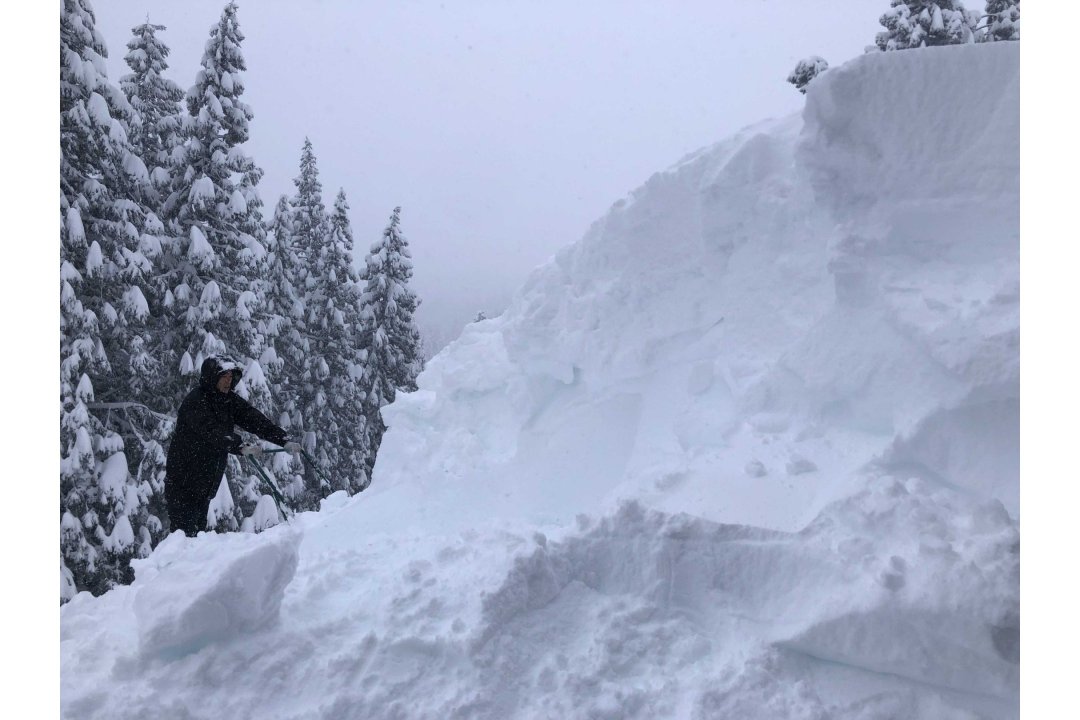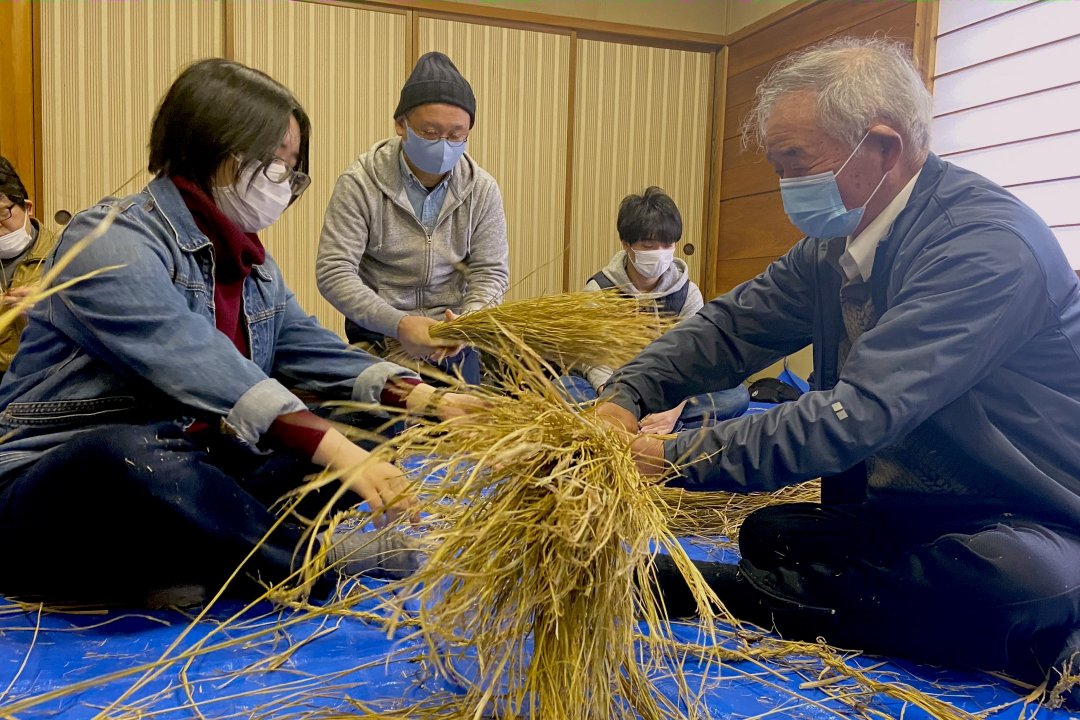Thinking 21st century art in the world from Niigata
Echigo-Tsumari Art Field - Official Web Magazine
Feature / Visiting Echigo-Tsumari with him, Vol.4
Liberate yourself from your own information – the experience of Yosuke Yamaguchi in Echigo-Tsumari in snow
Visiting Echigo-Tsumari with him, Vol.4
The top page of the web magazine, “Art from the Land” features different visual images every month according to a monthly theme. Illustrations for February to April 2020 were drawn by Yosuke Yamaguchi. When visited Echigo-Tsumari covered with snow, Yamaguchi felt as if the existence of “self” was freed and even its outline got burred. Being in nature reminded him of how much he had lost himself. Here, he articulates that experience with newly drawn illustrations.
Text and drawings: YAMAGUCHI Yosuke / Edited by KAWAURA Kei (CINRA.NET editorial deprt) / Translated by Miwa Worrall
15 July 2020
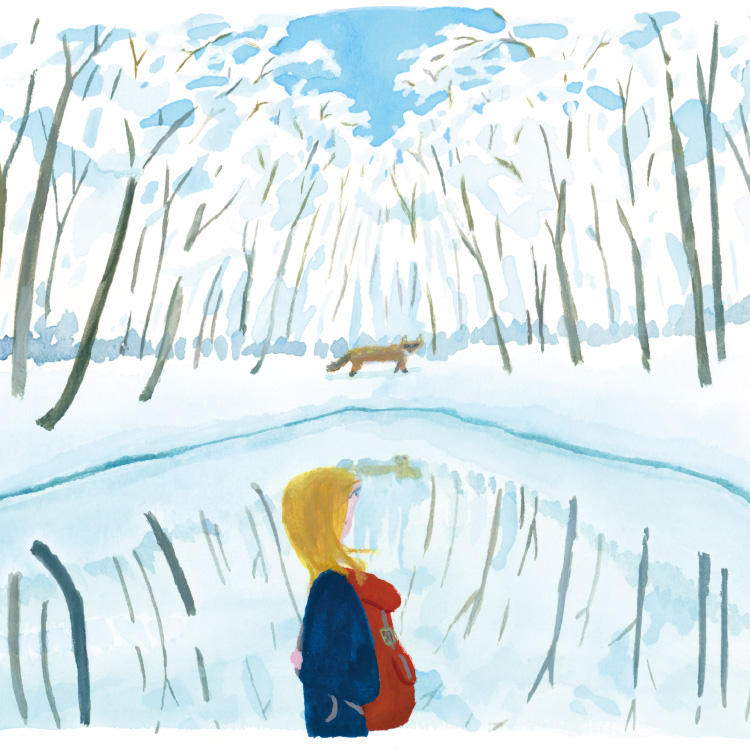
© Yosuke Yamaguchi
It had been long time since my last visit and snow was falling, unlike Tokyo, when I arrived at Echigo-Yuzasa station. I hopped into a car which came to pick me up and we hit the snowy road. The border between grey clouds hanging low and snowy mountains were obscured and as we drove longer, I became uncertain about where I was at and what time it was. This world might continue eternally without any ending – such through even run through my head. It was a strange sensation consisting of a combination of uncertainty and relief.
That feeling was amplified when I was in “The Last Class” by Christian Boltanski and Jean Kalman (1). Countless number of fans made sounds as they moved their heads under the scattered lights in the darkness, translucent curtains obscured the partitions between class rooms and something wrapped in pieces of cloth or black just left traces of what they were once. Only the glimmering lights and sounds like heart beats were there as if they represented the beginning of the world.
(1) “The Last Class” by Christian Boltanski and Jean Kalman, 2006
Boltanski creates artworks in response to the theme of life and death of people and their memories. He presented his work on the same site in 2003. He visited the region for this work in the winter of 2006 when it had the record amount of snowfall. There he saw a completely different landscape from summer and the school buried under the thick layer of snow. The work created from this visit became an artwork that encloses the memories of the place densely and deeply in the building.
The Last Class

© Yosuke Yamaguchi
You are constantly questioned who you are when you are in Tokyo. You are expected to be the code of “self” or, to be a piece of information and the longer you spend time on building life there, the stronger such expectation becomes. You eventually behave in accordance with such code without realising so.
In this snowy landscape, in the dark classroom, information that defined you dissolved and clues became fainted. Putting yourself in a place where no one knows you or you don’t know where may be a close experience to being dead once. What I felt was the outline of myself was disappearing as I stood in between the atmosphere and earth in nature that seemed to continue eternally as well as in memories of my own that were vaguely overlapped with others in the dark classroom. It felt as if I was completely let free – that was scary but at the same time felt reassured as if deeply embraced.
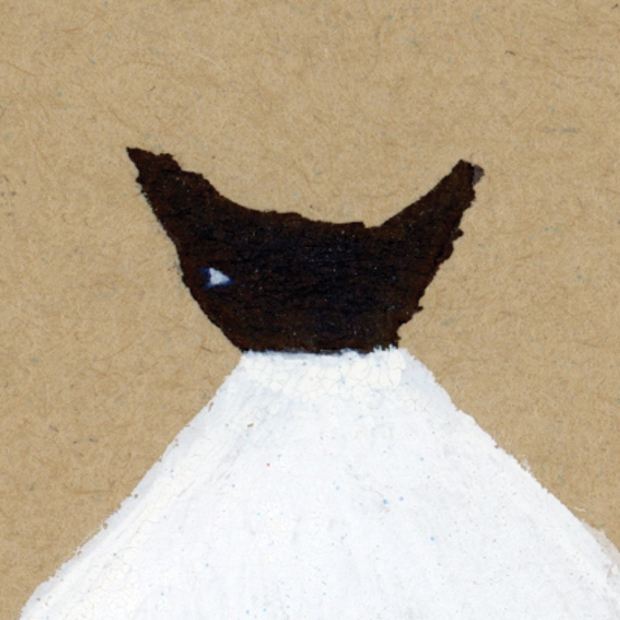
Profile
Yosuke Yamaguchi
Illustrator
He has been presenting his drawings on various media including both Japanese and overseas magazines, books, CD as well as fashion and advertisement industries. Recent works include book cover design for “Chiisana Basho” by Akira Higashiyama (Bungei Shunju), “Ai ga kirai” by Ryohei Machiya (Bungei Shunju), and “Music for Wartime: Stories” by Rebecca Makkai (Shinchosha) as well as drawings for “Umi ni negai wo” Frau Ocean (Kodansha), Music Magazine and information flyer of Tokyo National Museum.
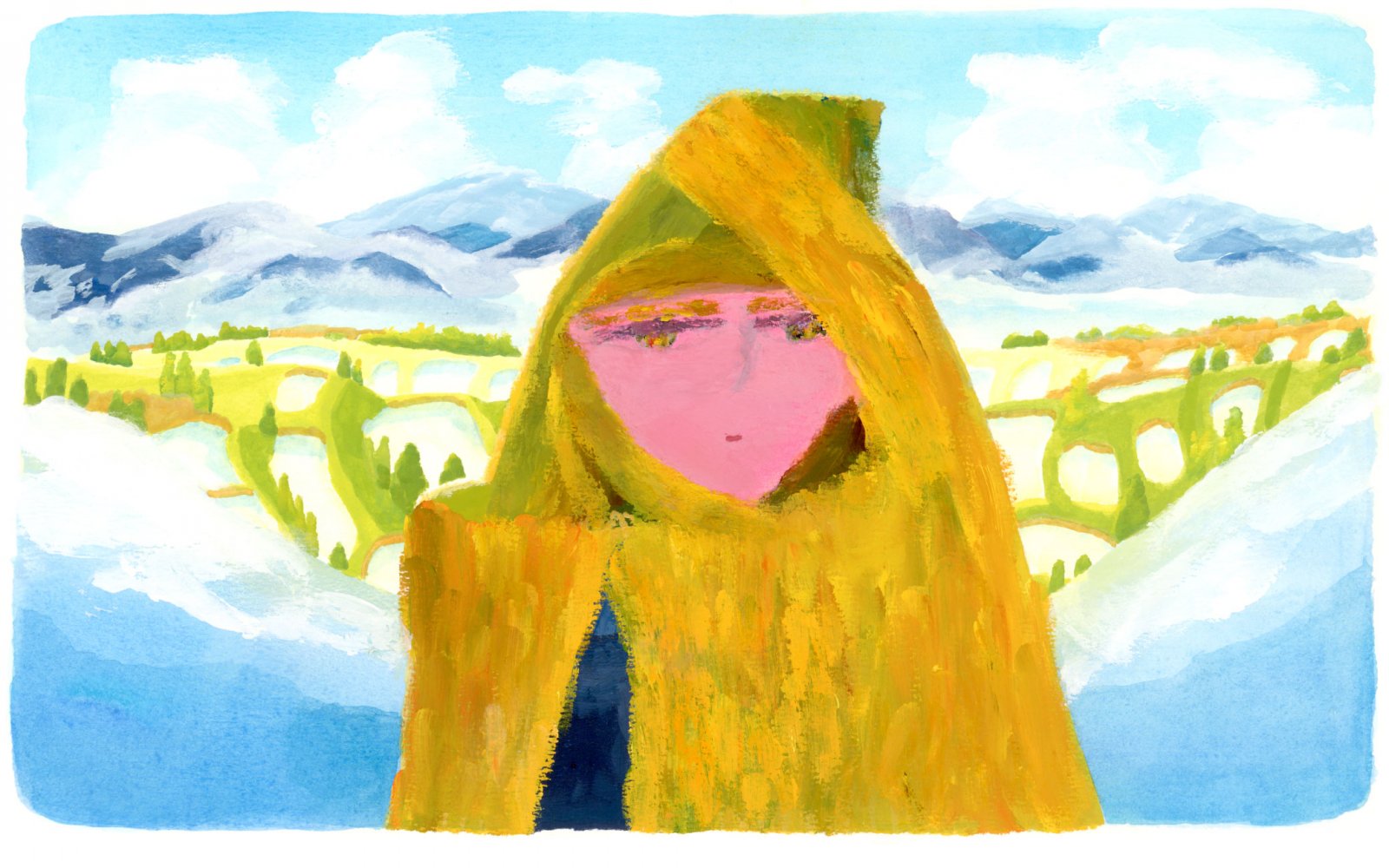
© Yosuke Yamaguchi

© Yosuke Yamaguchi






